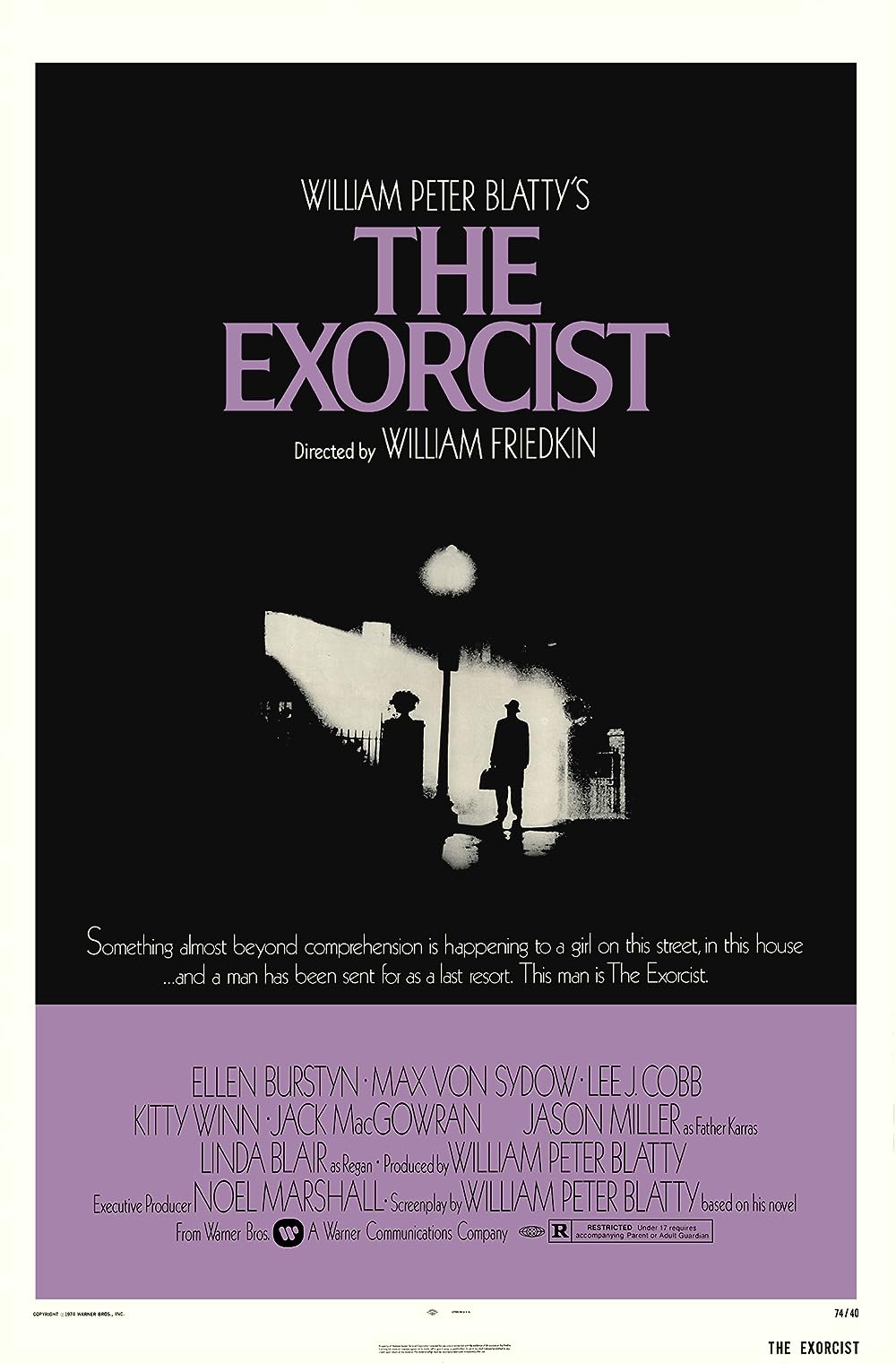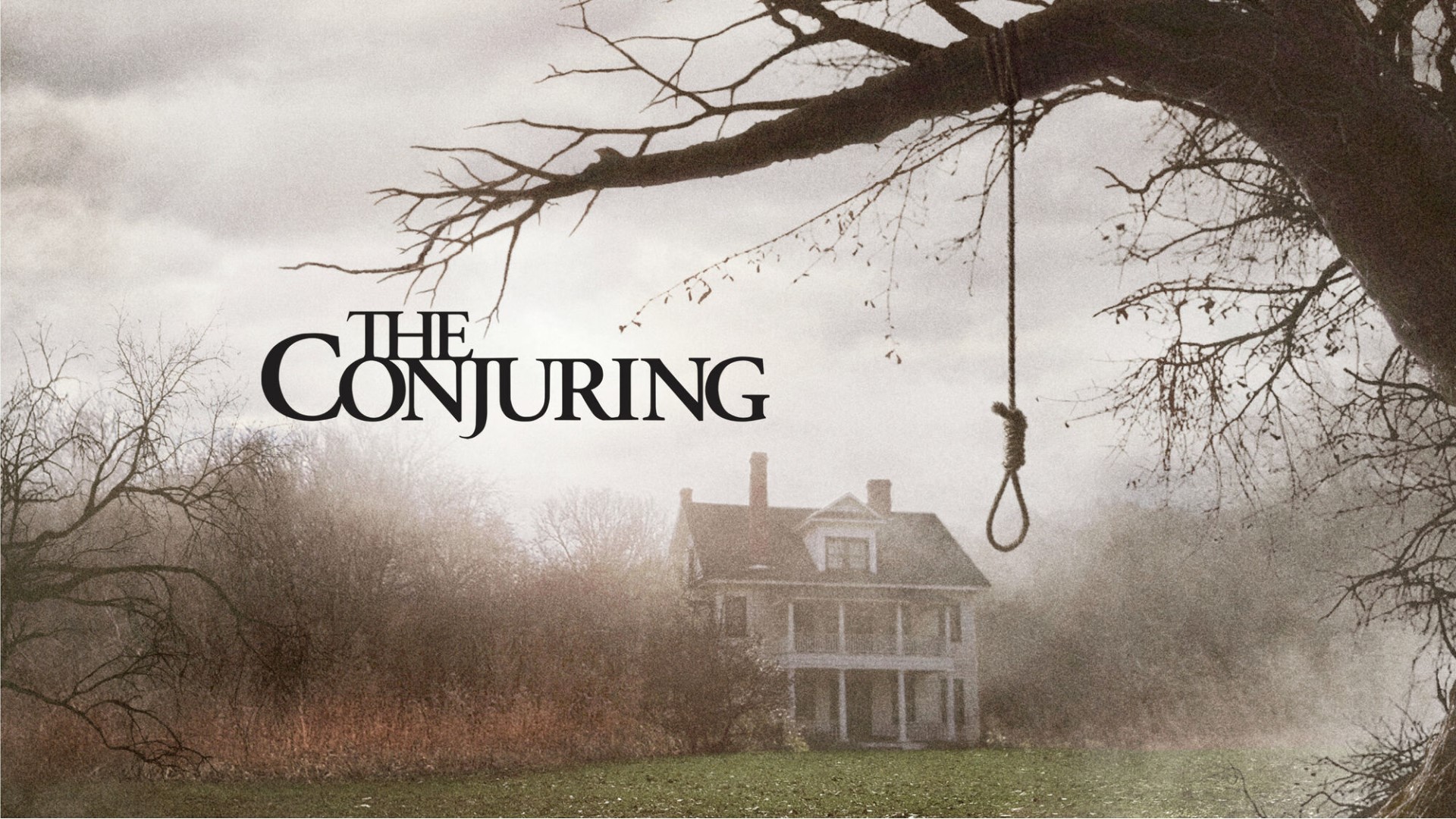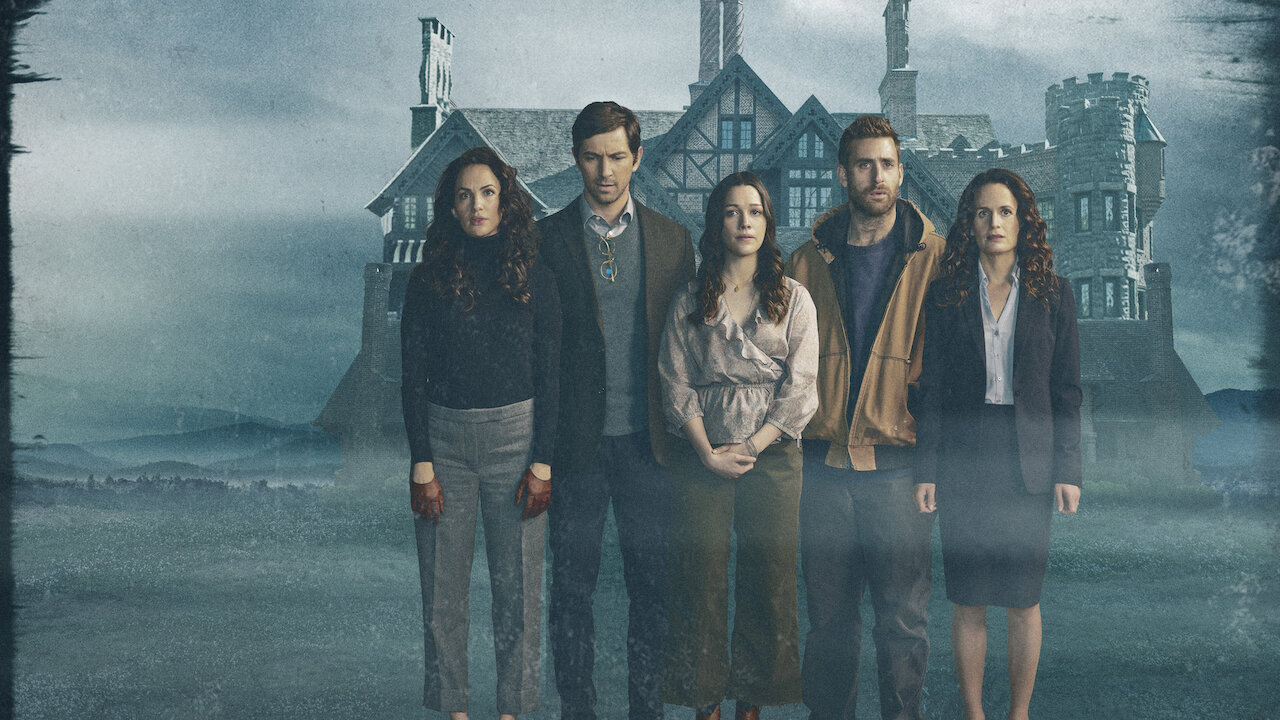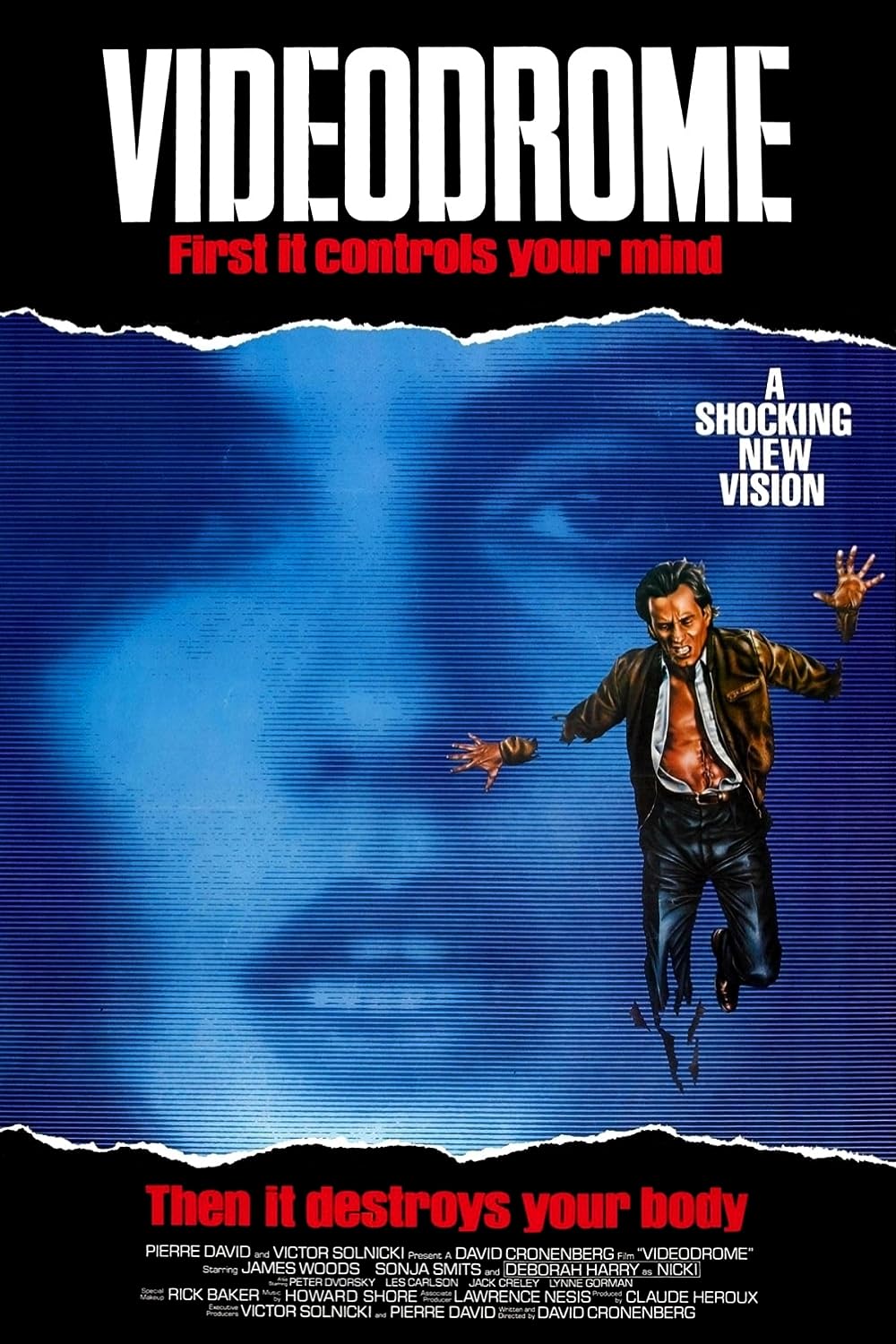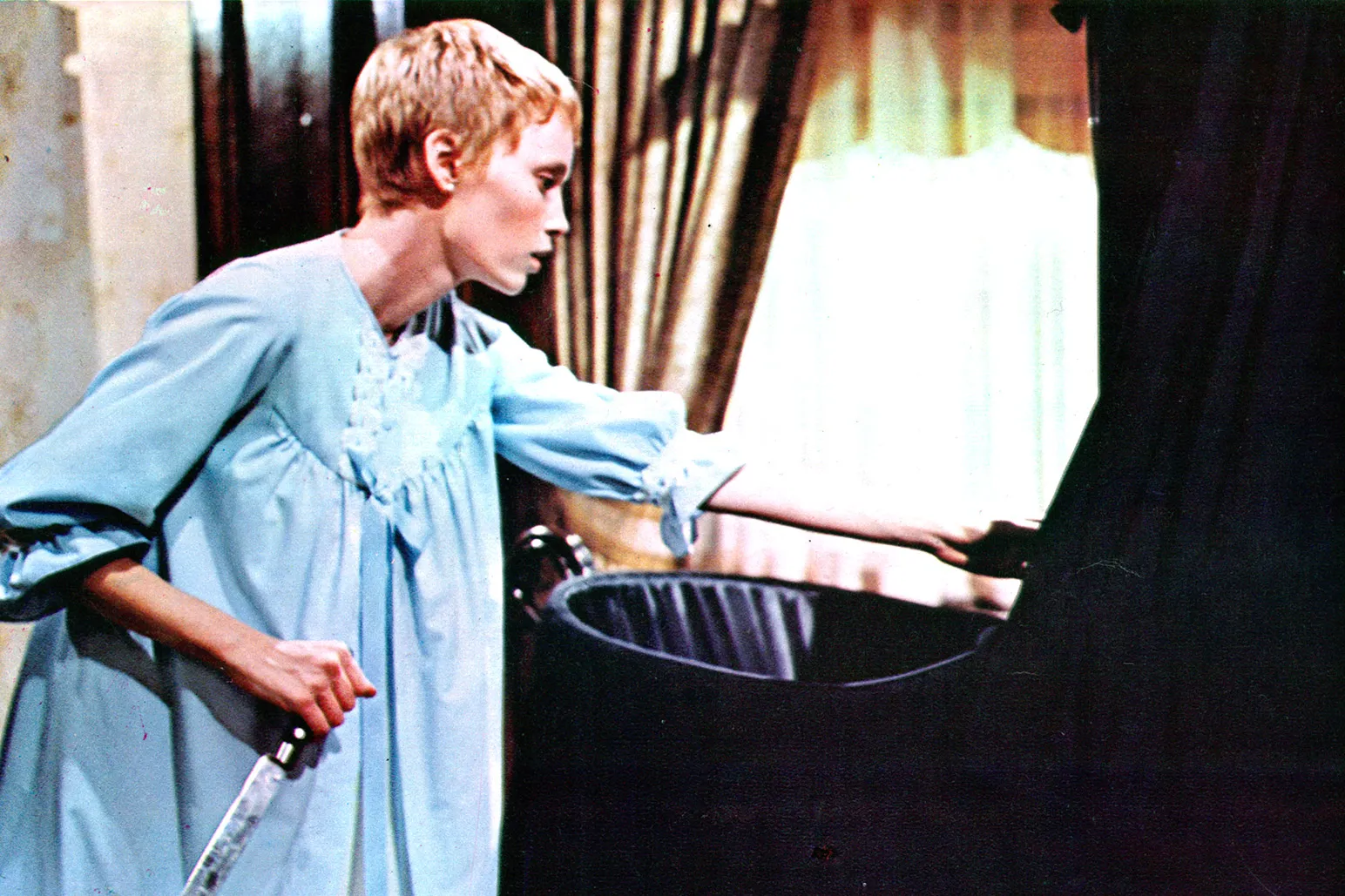Religion And Horror Films - Unveiling The Dark Spiritual Nexus
Dive into the intersection of fear and faith with religion and horror films. Uncover the haunting power of religious symbols, explore the clash between good and evil through exorcisms, and unravel the psychological depths of religious horror. Experience the eerie fusion of the sacred and sinister in this gripping analysis of cinematic terror.
Oct 25, 20231 Shares33 Views
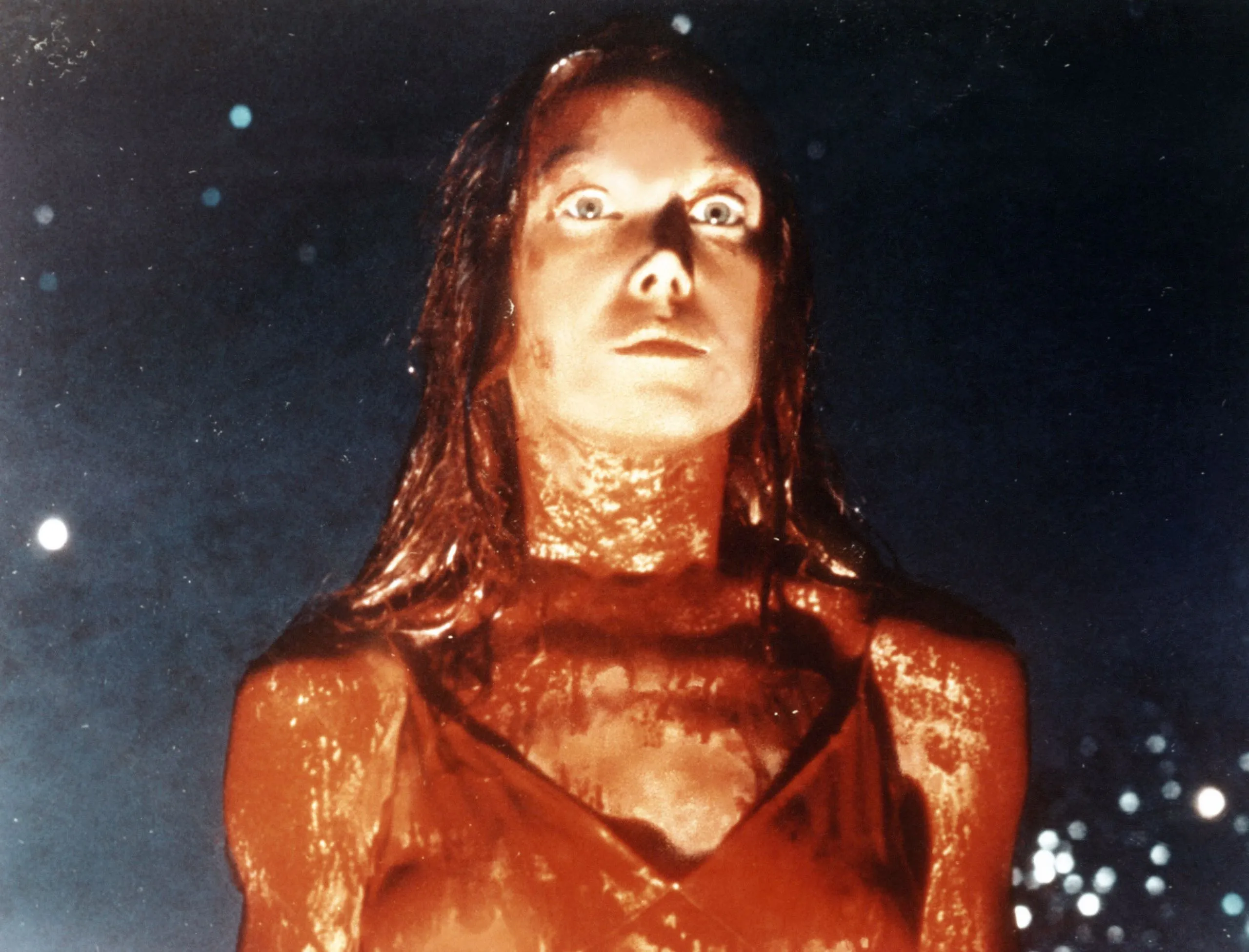
When the eerie shadows of religion intertwine with the spine-chilling realms of horror films, a peculiar, captivating synergy emerges. Religion and Horror Filmsdelve into the deepest recesses of human psyche, probing the boundaries between the sacred and the profane. In this exploration, we unravel the intricate tapestry of fear and faith, dissecting the profound impact of religious themes on the horror genre.
The Confluence Of Fear And Faith - Unraveling The Mystique
In the shadowy realms of horror, religion emerges as a powerful conduit for fear, weaving an intricate tapestry of dread and divine mystery. Within the eerie corridors of haunted houses and the fog-laden landscapes of ancient curses, religious elements stand as potent catalysts, stirring primal fears buried deep within the human subconscious.
Demonic Possessions
Demonic possessions, a recurring theme in horror, serve as a visceral reminder of the battle between the sacred and the profane. When malevolent spirits take possession of the innocent, faith becomes the last stronghold against the encroaching darkness.
These cinematic narratives delve into the age-old fear of losing control, amplifying it with religious undertones. Viewers are forced to confront the unsettling prospect of the familiar being twisted into something diabolical, blurring the line between reality and nightmare.
Ancient Curses
Ancient curses, etched in the annals of time, offer a rich tapestry for horror filmmakers to explore. These curses, often rooted in religious folklore, carry with them a sense of inevitability and divine retribution.
Whether it's an Egyptian mummy seeking vengeance or a cursed relic haunting its possessors, these stories tap into the fear of divine wrath, underscoring the fragility of human existence in the face of ancient, vengeful forces.
Malevolent Spirits
The presence of malevolent spirits, entities from the netherworld, permeates the fabric of horror narratives. These entities, often rooted in religious mythology, embody the unknown, becoming harbingers of doom.
Religious rituals meant to protect against such spirits are turned into futile gestures, emphasizing the impotence of human efforts in the face of supernatural malevolence. Through these encounters, horror films exploit the fear of the unseen, inviting audiences to question the boundaries of reality and spirituality.
Religious Symbols
Religious symbols, once sources of solace and hope, are ingeniously transformed into instruments of terror in the hands of skilled filmmakers. Crucifixes, rosaries, and sacred texts, meant to ward off evil, are subverted, losing their sanctity and becoming ominous portents.
These symbols, now imbued with dark significance, heighten the tension, reminding viewers of the delicate balance between the sacred and the sinister. The perversion of these symbols challenges the very essence of faith, leading viewers on a psychological odyssey through the realms of doubt and fear.
Demonic Forces And Divine Intervention
At the heart of the most chilling horror films beats the pulse of an ancient conflict, one that transcends the mortal realm. It’s the battle between demonic forces that slither from the depths of darkness and the courageous souls who wield the divine light. Within this cosmic struggle, exorcisms emerge as a poignant and recurring motif, symbolic of humanity’s unyielding fight against the malevolent unknown.
The Ancient Ritual Of Exorcism
Exorcisms, steeped in centuries-old traditions and religious rites, represent a timeless battle of wills between the earthly and the ethereal. These rituals, a fusion of faith, bravery, and desperation, are central to horror’s narrative landscape.
They embody the audacious attempt to cast out malevolent spirits, confronting head-on the unfathomable horrors that dwell in the shadows. Through the medium of film, exorcisms become spectacles of both terror and transcendence, exploring the limits of human resolve and faith against supernatural malevolence.
From The Exorcist To The Conjuring
Across cinematic history, exorcisms have been depicted in myriad forms, each rendition a unique exploration of the battle between good and evil. In classics like The Exorcist, the sheer terror of a young girl possessed by demonic forces is etched into the annals of cinematic horror. In more contemporary gems like The Conjuring, audiences are thrust into the lives of real-life paranormal investigators, witnessing their relentless struggle against malevolent entities. These movies stand as testaments to the enduring fascination with the supernatural, captivating audiences with the age-old theme of divine intervention.
Priests And Religious Figures
Within the frame of these stories, priests and religious figures emerge as the unsung heroes, their unwavering faith pitted against unimaginable terror. Armed not just with holy relics and incantations, but with a steadfast belief in the divine, they confront the darkest recesses of the human soul.
Their presence serves as a reminder of the resilience of the human spirit in the face of the unknown. These characters are not just symbols of religious devotion but also explorations of the depths of faith and the unyielding determination to confront evil, even when it defies rational explanation.
Clash Between Good And Evil
At its core, the clash between demonic forces and divine intervention is a profound exploration of faith. These narratives challenge the very essence of belief, pushing characters and audiences alike to grapple with existential questions. In the face of unimaginable horror, faith becomes both a shield and a weapon, a source of strength and a beacon of hope. The struggle portrayed on screen mirrors the internal battles within the human soul, echoing the eternal question: can faith truly triumph over the darkest of forces?
The Haunting Power Of Religious Symbols
In the dim glow of candlelight, religious symbols transform from objects of veneration to powerful instruments of terror within the realm of horror cinema.
Crucifixes, holy water, and sacred chants, once conduits of faith and protection, assume an eerie significance, becoming the focal point of the battle between the mundane and the supernatural. In the hands of skilled directors, these symbols cease to be mere artifacts; they become conduits of fear, tapping into the deepest corners of the human psyche.
Crucifixes - The Crossroads Of Faith And Fear
Crucifixes, the epitome of Christian symbolism, are thrust into the heart of horror narratives, their once-holy aura now overshadowed by malevolence. These crosses, traditionally seen as shields against evil, become contested ground. Their juxtaposition with the forces of darkness infuses them with a haunting duality. As they are wielded against demonic entities, their power wavers, challenging the very essence of faith. In horror cinema, crucifixes symbolize the fragile nature of human belief, oscillating between the sanctuary of faith and the abyss of doubt.
Holy Water - Purification Or Peril?
Holy water, a potent emblem of cleansing and sanctity in religious rites, takes on a sinister twist in the hands of horror storytellers. Its sprinkling, once a gesture of purification, becomes a desperate attempt to ward off unholy entities.
As droplets glisten in the moonlight, they embody the struggle between the sacred and the profane. The mere touch of this blessed liquid is believed to burn the flesh of malevolent spirits, underscoring the deep-rooted fear of contamination, both spiritual and physical. In the world of horror, holy water becomes a symbol of desperate hope, a last resort in the face of supernatural onslaught.
Sacred Chants - Incantations Of Protection And Peril
Sacred chants, echoing through centuries-old rituals, reverberate in the eerie silence of horror films. These incantations, once believed to invoke divine protection, now serve as ominous echoes of the past.
Uttered in desperation or woven into the fabric of exorcisms, these chants are laden with both hope and foreboding. The resonance of ancient words heightens the tension, their power oscillating between salvation and damnation. As they fill the air, they symbolize the struggle to invoke the divine in the face of overwhelming malevolence, offering a glimpse into the eternal battle between light and darkness.
Intensifying Fear - The Artistry Of Directors
In the hands of visionary directors, these religious symbols cease to be static elements; they become dynamic agents of fear. Through meticulous cinematography and sound design, filmmakers transform these symbols into characters in their own right, imbuing them with a palpable presence. Shadows dance upon crucifixes, holy water glistens with an otherworldly glow, and sacred chants echo hauntingly through the corridors of ancient buildings.
Directors skillfully juxtapose these symbols against the backdrop of supernatural adversaries, intensifying fear by emphasizing the stark contrast between the sacred and the sinister. Viewers find themselves on the edge of their seats, gripped by the tension of this eternal struggle, captivated by the visual and auditory symphony that unfolds before them.
Body Horror - The Terrifying Transformation Of The Human Form
In the macabre landscape of horror cinema, a chilling evolution unfolded during the 1980s, thrusting the human body into the spotlight as a canvas of terror. At this pivotal moment, as the modern understanding of the psyche began to waver in credibility, it was the very corporeal vessel that bore the brunt of horror’s relentless imagination.
The Fragility Of The Flesh
In the realm of body horror, the human body is not a fortress but a fragile construct, susceptible to grotesque alterations and nightmarish metamorphoses. This subgenre specializes in evoking profound anxieties about the vulnerability of our physicality. From parasitic infestations to mutations gone awry, body horror narratives dig deep into the darkest corners of medical and biological fears. They force audiences to confront the unsettling reality that the very vessel we inhabit, the flesh and bones we identify with, can betray us, turning into a source of terror rather than solace.
The 1980s
The 1980s emerged as a golden age for body horror, with filmmakers pushing the boundaries of special effects to create visceral and horrifying imagery. Movies like The Fly (1986), directed by David Cronenberg, epitomized this genre. Through the lens of science fiction, Cronenberg explored the gradual, grotesque transformation of the protagonist’s body into that of a monstrous insect. This film and others like it, such as Videodrome (1983) and Re-Animator (1985), became cult classics, their nightmarish visuals searing themselves into the collective consciousness of horror enthusiasts.
The Psychological Underpinnings
Body horror, while profoundly physical, also delves into the psychological realm, unraveling fears that extend far beyond the surface of the skin. It taps into existential concerns about identity, mortality, and loss of control. The dissolution of boundaries between self and other, human and monstrous, blurs the distinction between what is considered normal and aberrant. In doing so, body horror serves as a chilling allegory for societal anxieties, reflecting the era's fears of disease, genetic experimentation, and the unknown perils of medical advancement.
A Reflection Of Societal Fears
Even in the present day, body horror continues to evolve, reflecting contemporary societal fears and scientific advancements. As biotechnology advances and ethical dilemmas surrounding genetic engineering persist, body horror finds new avenues to terrify audiences. Modern films, such as Splice (2009) and Annihilation (2018), delve into the realms of genetic manipulation and existential dread, challenging our perceptions of humanity and the boundaries of scientific experimentation.
Religious Fanaticism And The Monstrous
In the eerie tapestry of horror cinema, religious fanaticism emerges as a potent and chilling motif, weaving narratives that unravel the darkest corners of blind faith. Within this thematic exploration, films like Rosemary's Baby and The Sacrament rise as cautionary tales, peeling back the layers of religious cults and the horrors that fester beneath the surface.
Cults And Blind Devotion - Unmasking The Monstrosity
At the heart of these films lies the sinister dance between cults and their devoted followers. Rosemary's Baby (1968), directed by Roman Polanski, navigates the terrifying journey of a pregnant woman unwittingly entangled in the web of a Satanic cult. Similarly, The Sacrament (2013), directed by Ti West, delves into the harrowing experience of journalists investigating a mysterious religious commune, only to uncover unimaginable horrors. These movies shed light on the ominous reality of religious fanaticism, showcasing how blind devotion can transform seemingly ordinary individuals into monstrous agents of terror.
Blurred Lines - The Thin Divide Between Devotion And Destruction
In the realm of horror, these films serve as a stark reminder of the fragile boundary separating religious devotion from fanaticism. As characters succumb to the alluring promises of charismatic leaders, their faith mutates into a monstrous force, driving them to commit unspeakable acts. These narratives, while fictional, echo real-world incidents, underlining the dangers of unwavering allegiance and the vulnerability of individuals when consumed by extreme religious ideologies.
Cautionary Tales - Lessons In Horror
Rosemary's Baby and The Sacrament stand as cautionary tales, urging audiences to contemplate the depths of blind faith and the consequences of unchecked religious fervor. These movies compel viewers to question the very nature of belief, challenging them to discern between genuine spirituality and perilous fanaticism.
By portraying the transformation of devout individuals into monstrous figures, these films highlight the importance of critical thinking, skepticism, and vigilance in the face of charismatic but potentially dangerous religious leaders.
If you're intrigued by the exploration of religion in horror, you might be interested in delving deeper into the topic of faith and its intersection with human desires and fears. For further insights into this complex relationship, consider exploring the article titled "Masturbation and Religion", which delves into the nuanced connection between religious teachings and individual choices, shedding light on a different aspect of the intricate tapestry of faith and human behavior.
Religion And Horror Films - FAQs
What Is The Role Of Religion In Horror Films?
Religion in horror films often serves as a powerful thematic element, enhancing the depth and intensity of the narrative. Religious symbols, rituals, and beliefs are frequently utilized to tap into primal fears and anxieties.
They create an atmosphere of mystery and provide a framework for exploring existential questions about good and evil, faith, and the afterlife. Moreover, religious figures and institutions can be portrayed as both protagonists and antagonists, adding layers of complexity to characters and storylines.
How Can Horror Films Act Like Religion?
Horror films can act like religion in several ways. They offer a sense of community among fans, akin to religious congregations. Just as religious rituals provide a way to confront and understand existential fears, horror movies offer a controlled environment where viewers can confront their fears safely.
Both horror and religion can evoke powerful emotions and a sense of awe, challenging beliefs and provoking deep introspection. In essence, horror films, like religion, provide a framework for exploring the unknown and making sense of the inexplicable aspects of life.
What Is One Reason That We Continue To See Religion In Horror Movies?
One reason religion continues to be a prominent theme in horror movies is its enduring influence on human culture and psyche. Religious beliefs and symbols are deeply ingrained in societies across the world, making them rich sources of inspiration for filmmakers.
Moreover, the contrast between the sacred and the profane, the battle between good and evil, and the exploration of human beliefs and fears provide filmmakers with a fertile ground for storytelling. As long as religion remains a significant aspect of human experience, it will continue to be a compelling theme in horror cinema, allowing filmmakers to tap into universal fears and emotions.
Conclusion
In the dim light of horror films, religion emerges as a multifaceted prism, refracting fear, faith, and the unknown. The amalgamation of religious motifs and horror narratives continues to captivate audiences, inviting them to confront their deepest fears and ponder the enigmatic relationship between the sacred and the profane. As the cinematic landscape evolves, Religion and Horror Films remain an enduring, endlessly fascinating exploration of the human psyche and its unending quest to comprehend the mysteries of existence.
Latest Articles
Popular Articles
